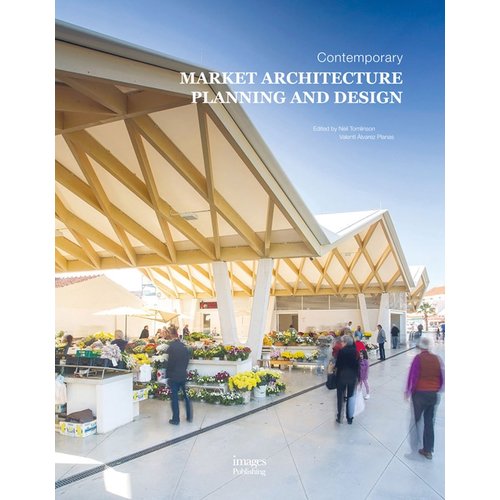Whether a hip coworking hub for start-ups or an upscale headquarters of a mega corporation, offices today are demonstrating a greater focus on individualistic work styles that range from sitting in a benching setup to a café booth. It’s only logical, then, that office-furniture manufacturer Kimball would follow suit by rethinking its offerings—and how to present them. While the brand has stayed relevant by refreshing its product lines, it acknowledged that one of its major showrooms, New York City, was too old-school to efficiently display them. So, it tapped edgy award-winning firm and collaborator Studio O+A to overhaul the 9,300-square-foot space.
“The original showroom was reflective of finance, that whole Wall Street world that was New York at the time. But the market has changed,” recalls Primo Orpilla, principal at Studio O+A. “Kimball wanted to move on from this institutional feel.” After gutting and opening up the space, the design team implemented a more modern material and color palette, including steel, concrete, and simple white and gray hues that let the product pop. Along the same lines, a new raised platform area showcases new collections. “If they want to make a product the focus of the showroom, they could move it here to elevate it above the rest of the layout.”
That first step in opening up the space was strategic in more ways than one. Previously riddled with a series of vignettes and enclosed areas, Kimball New York “didn’t have a room where designers could come in and play with the product,” says Orpilla. By clearing away many of the existing walls and partitions to open up sightlines, his team created a bright and airy floor plan that allows designers and specifiers to view more of and rearrange the products as desired. “Our design is more of a get-your-hands-dirty kind of setup.” And as the client no longer has to configure vignettes around fixed walls, it can rotate and change out products much more easily.
While O+A brought the showroom up to date through these methods, it also sought to pay tribute to the manufacturer’s legacy: “Kimball has a great Indiana backstory. It started in a place that was settled by German immigrants who loved wood and woodworking.” To that end, the design team incorporated timber but eschewed the dark-stained varieties associated with the corporate world for more raw, honest materials, applying these to the aforementioned raised platform and customized versions of Kimball’s own fiXt furniture found throughout the revamped showroom. “The key brand reference is the workmanship that built Kimball’s name.”
Of course, the firm also employed some of the other basic workspace typologies that it’s best known for, from amenity spaces such as a large kitchen area to functional and communal studio-type zones. The mixture of open-plan and semi-private formal and casual elements are as much for the showroom staff as they are for visiting designers to test out new approaches to accommodating different work styles. “Workplace design has been on a track toward greater autonomy and freedom for the last 20 years,” says Orpilla. “Today’s variety of workspaces, different kinds of meeting areas, the cafés, and in-house leisure areas are all about giving people the option to work in different ways. That freedom is taking us to a greater integration between a company’s goals and the goals of its employees.”






